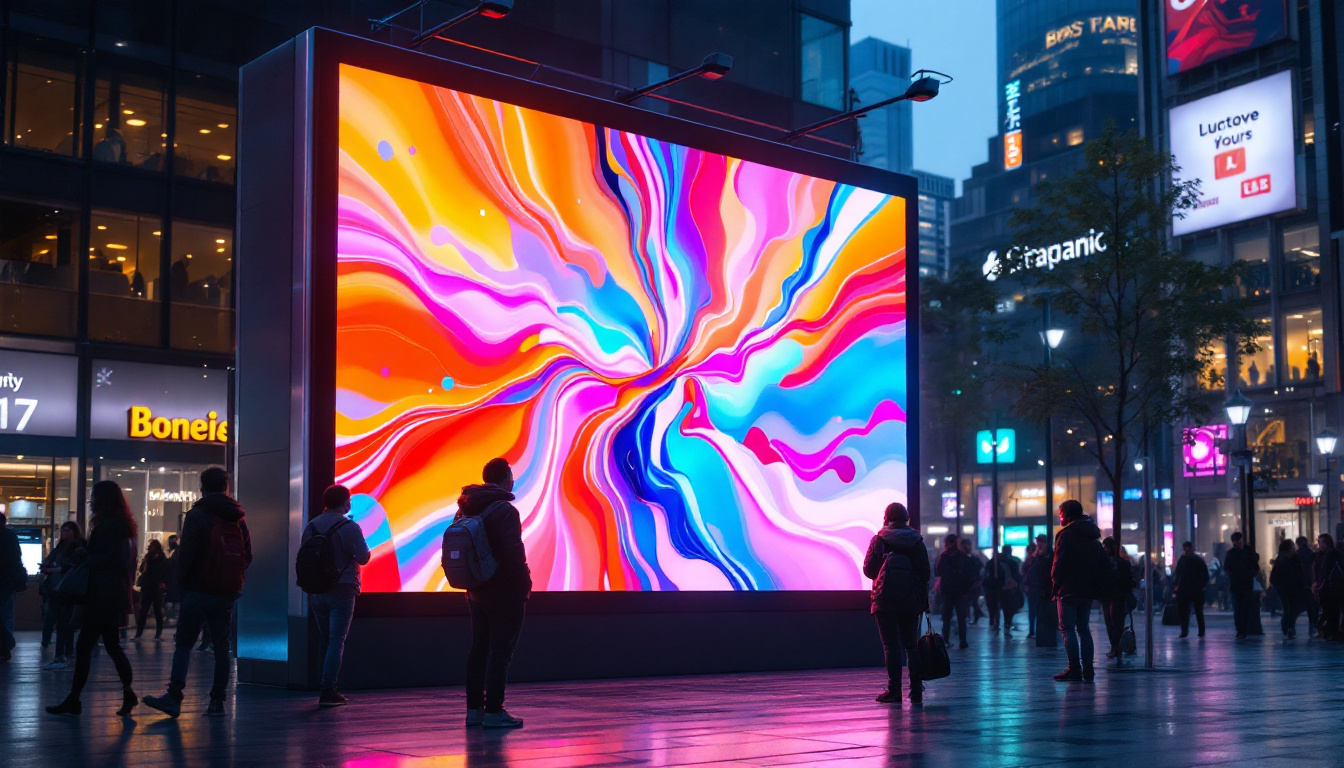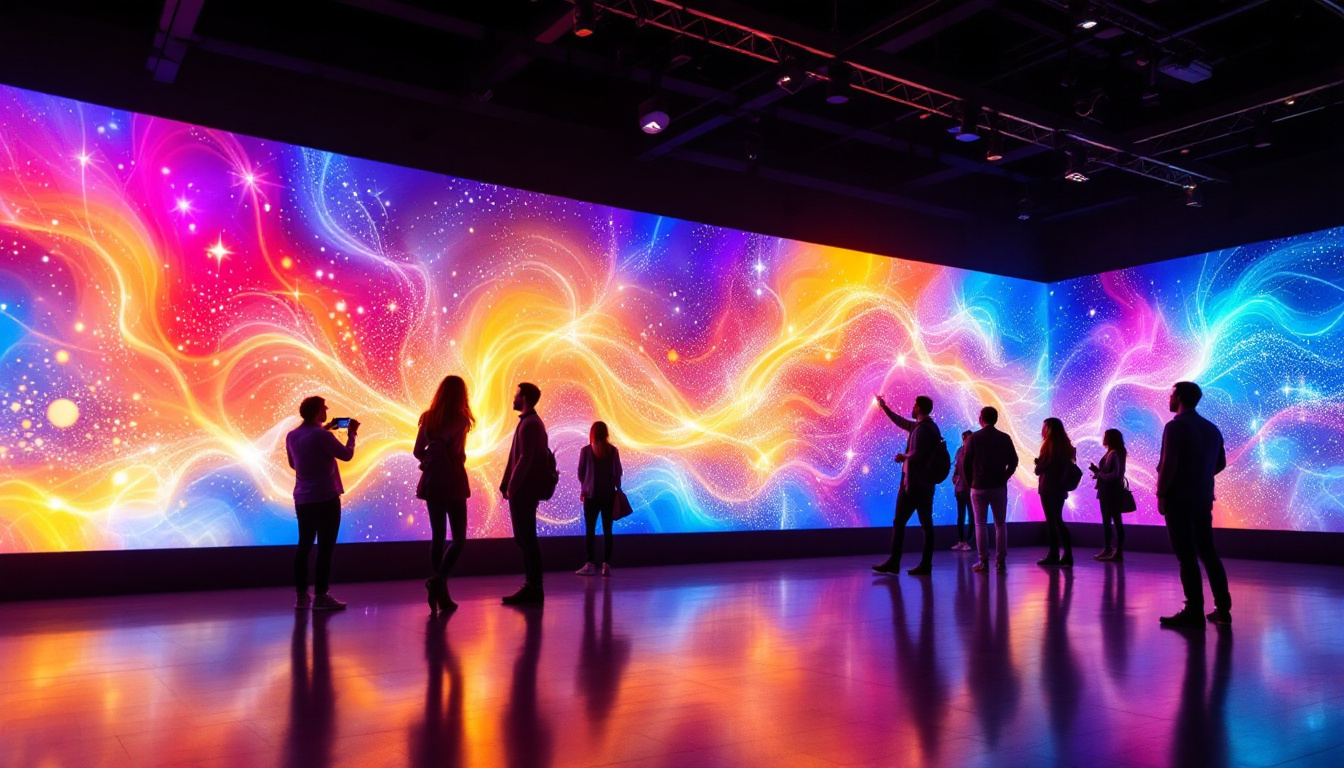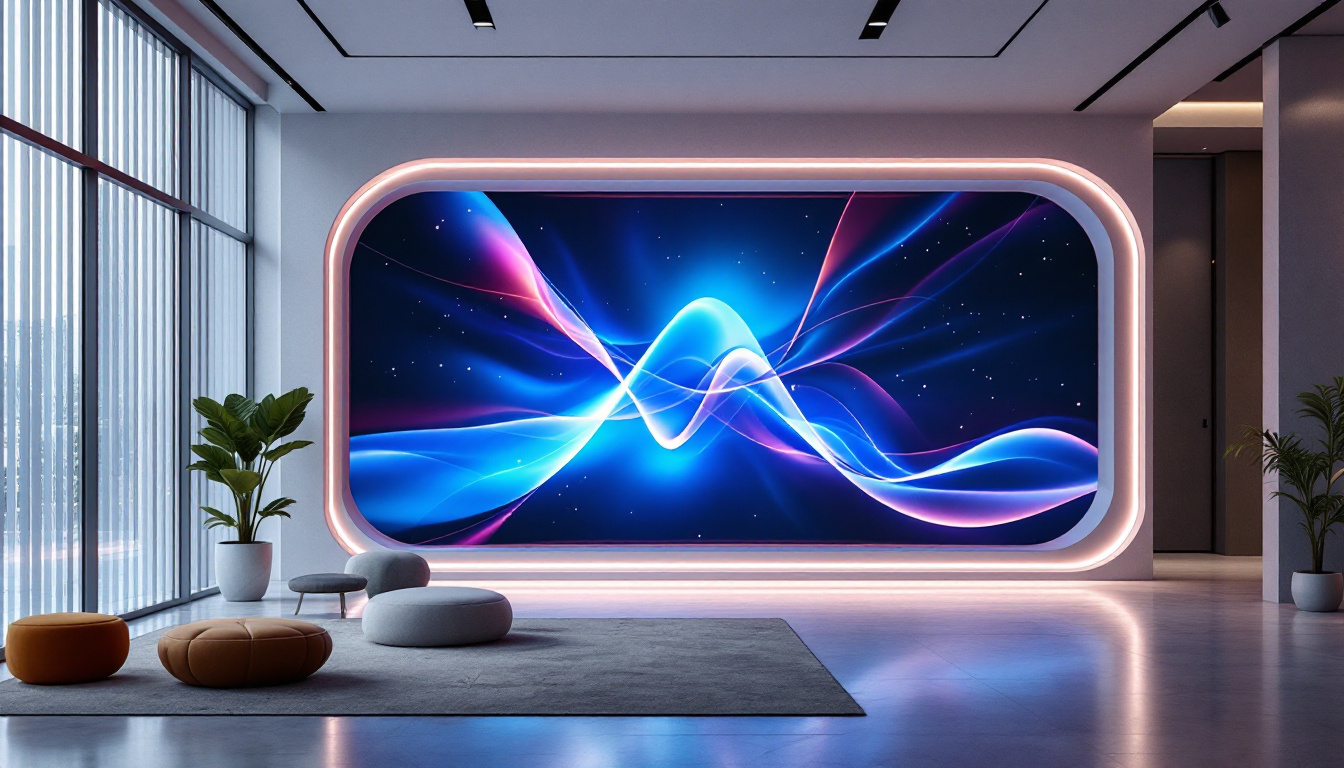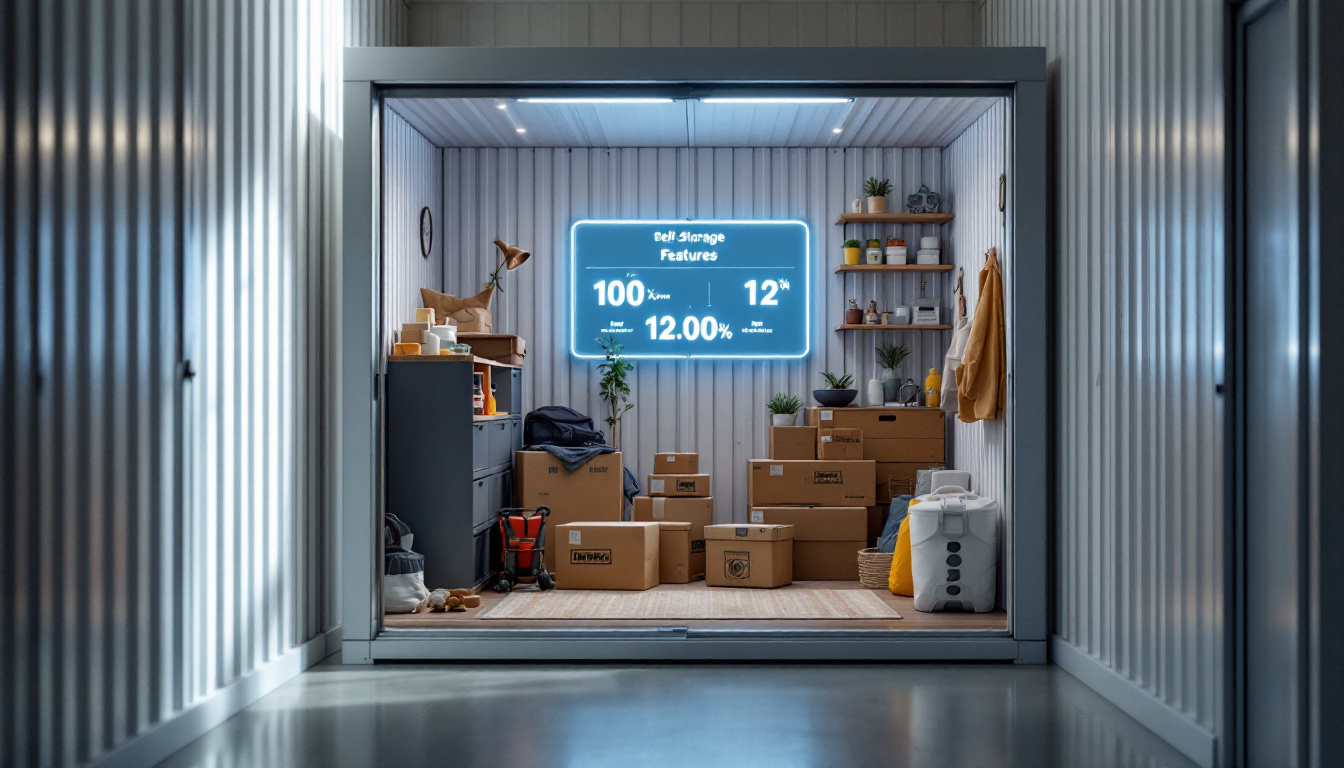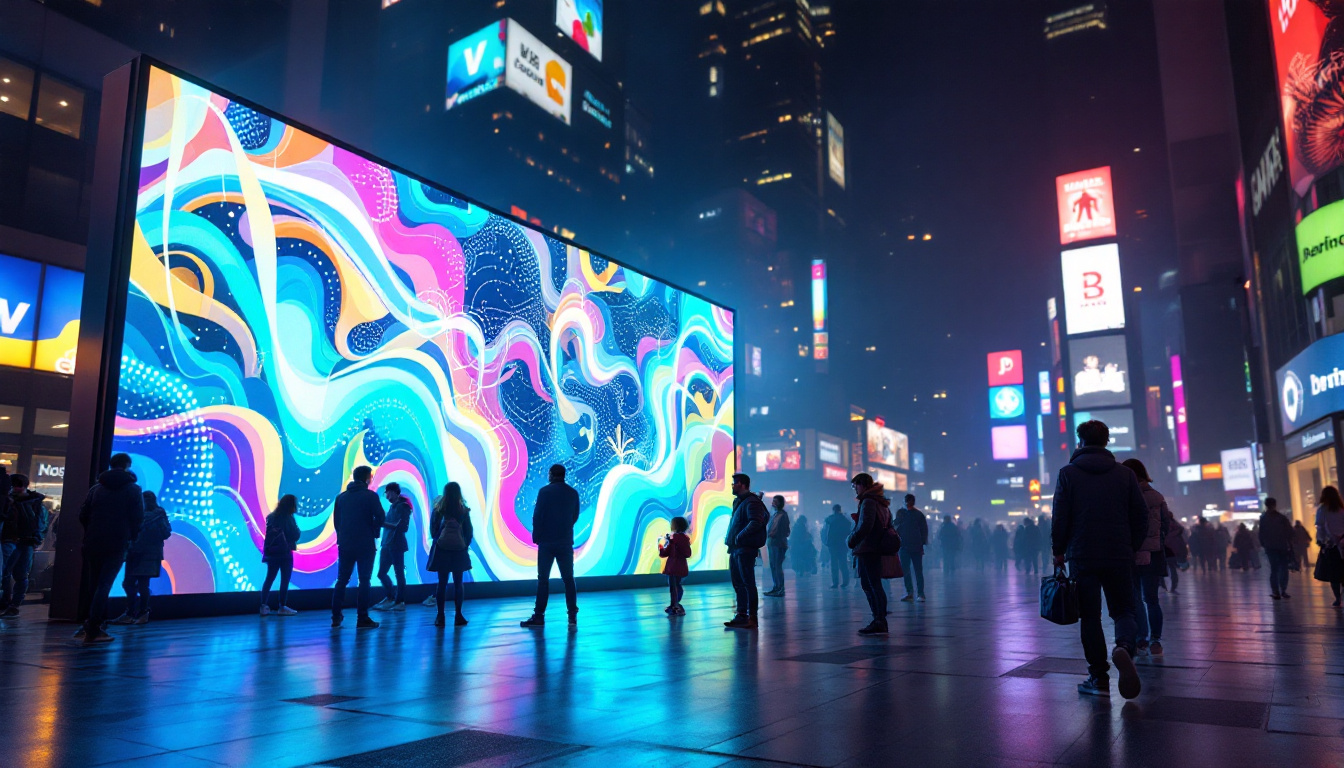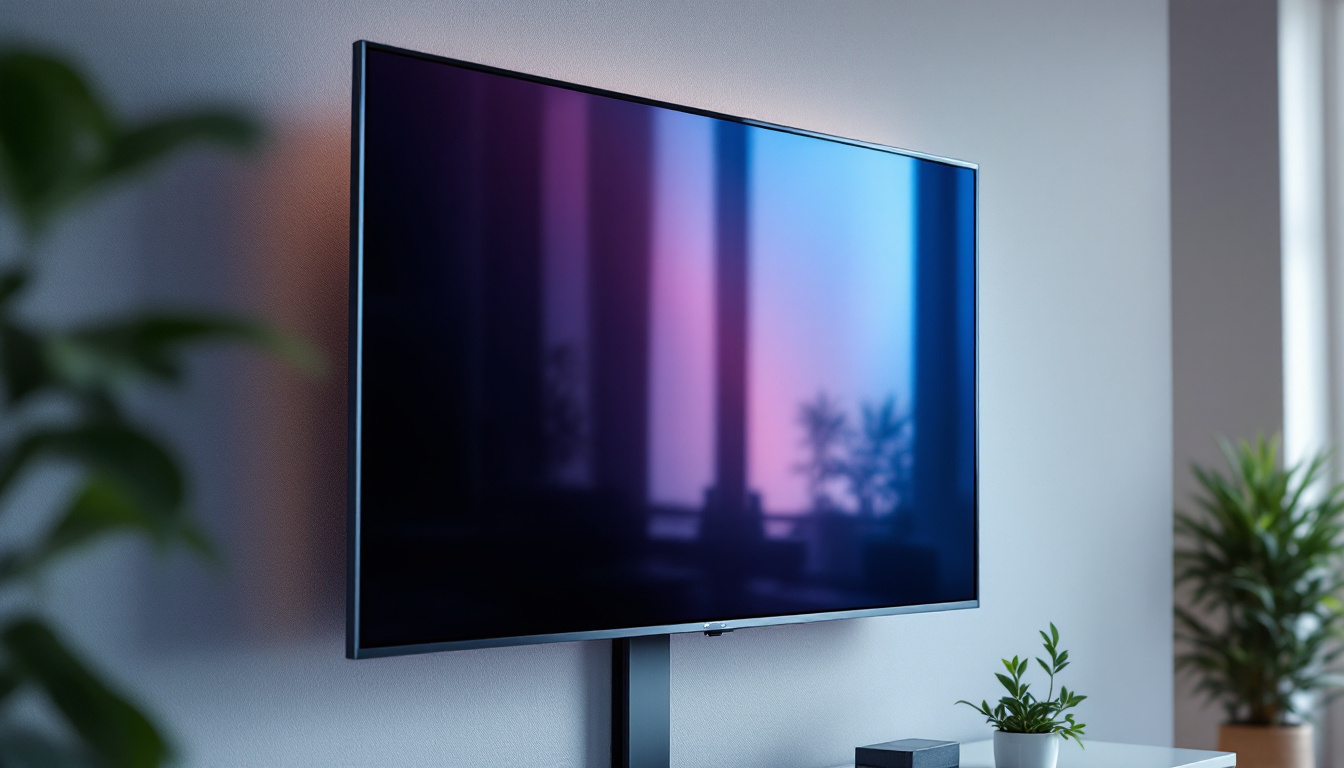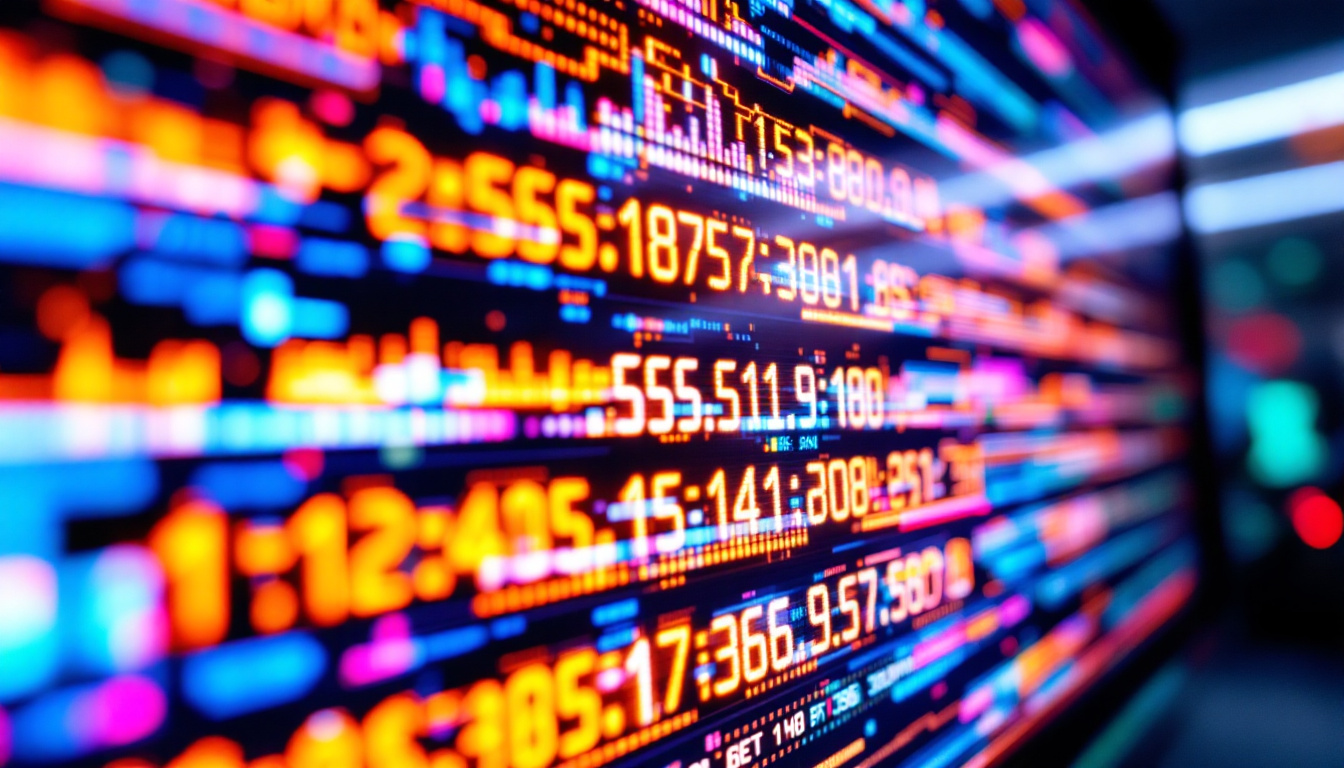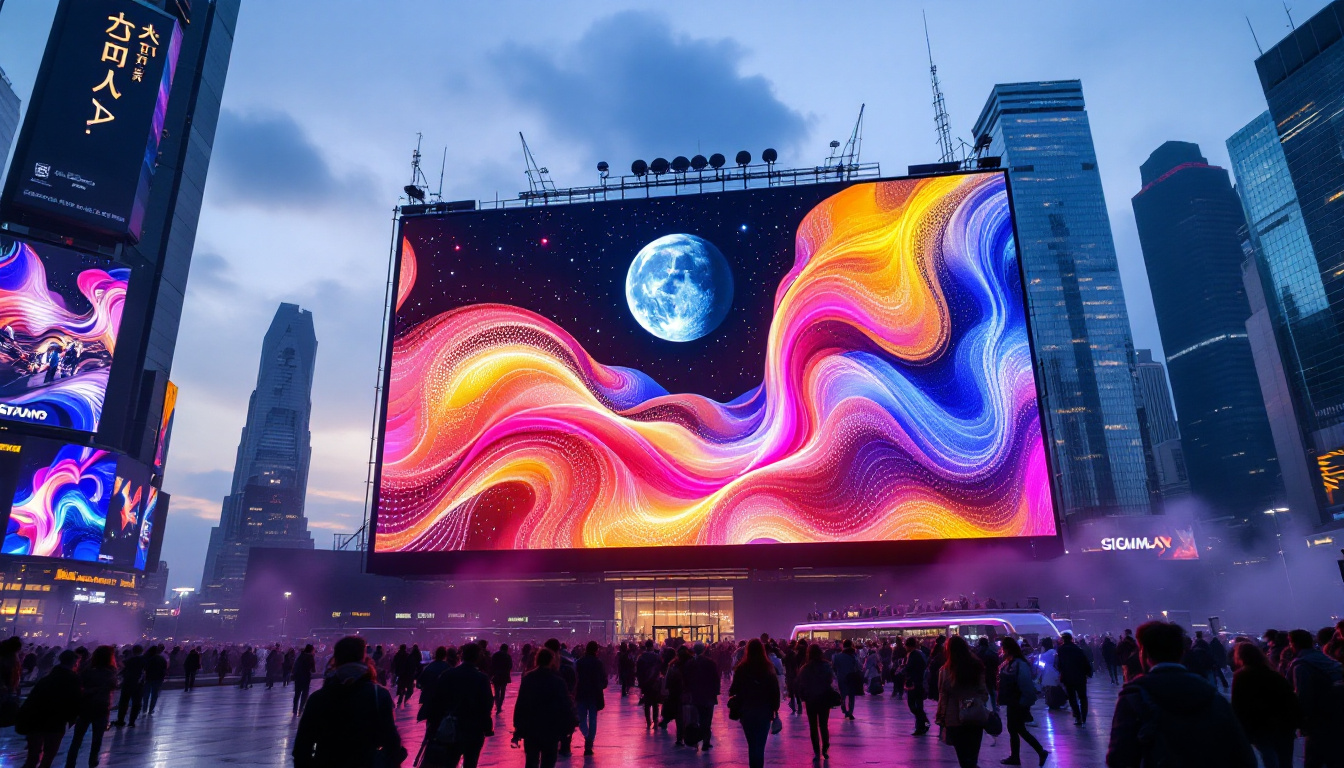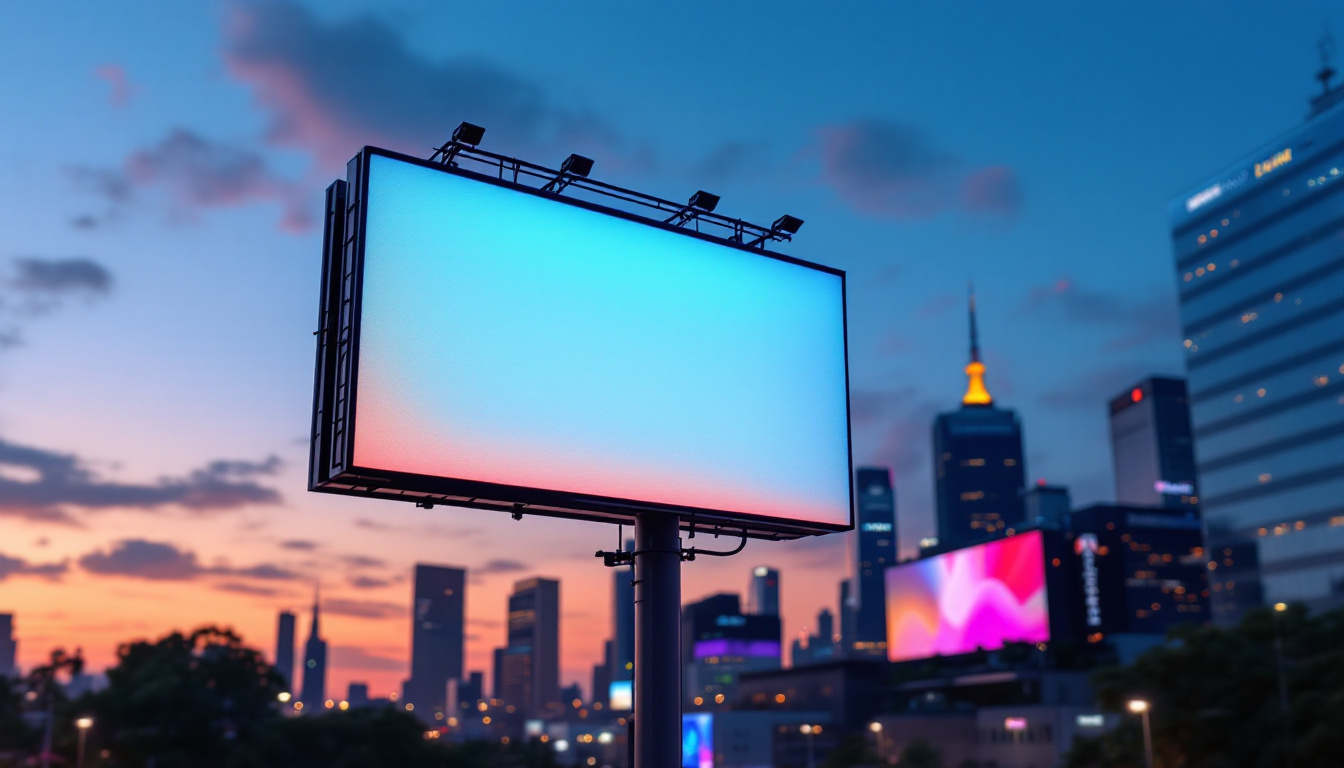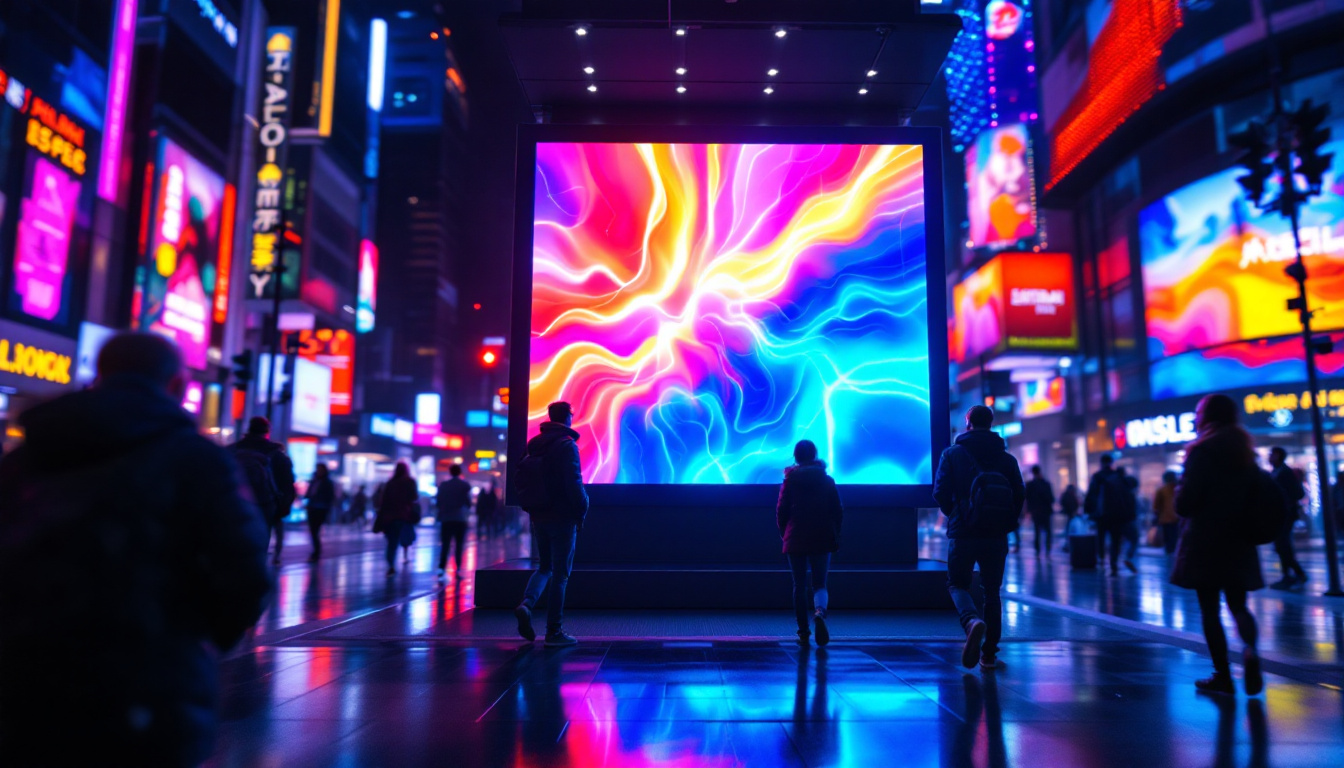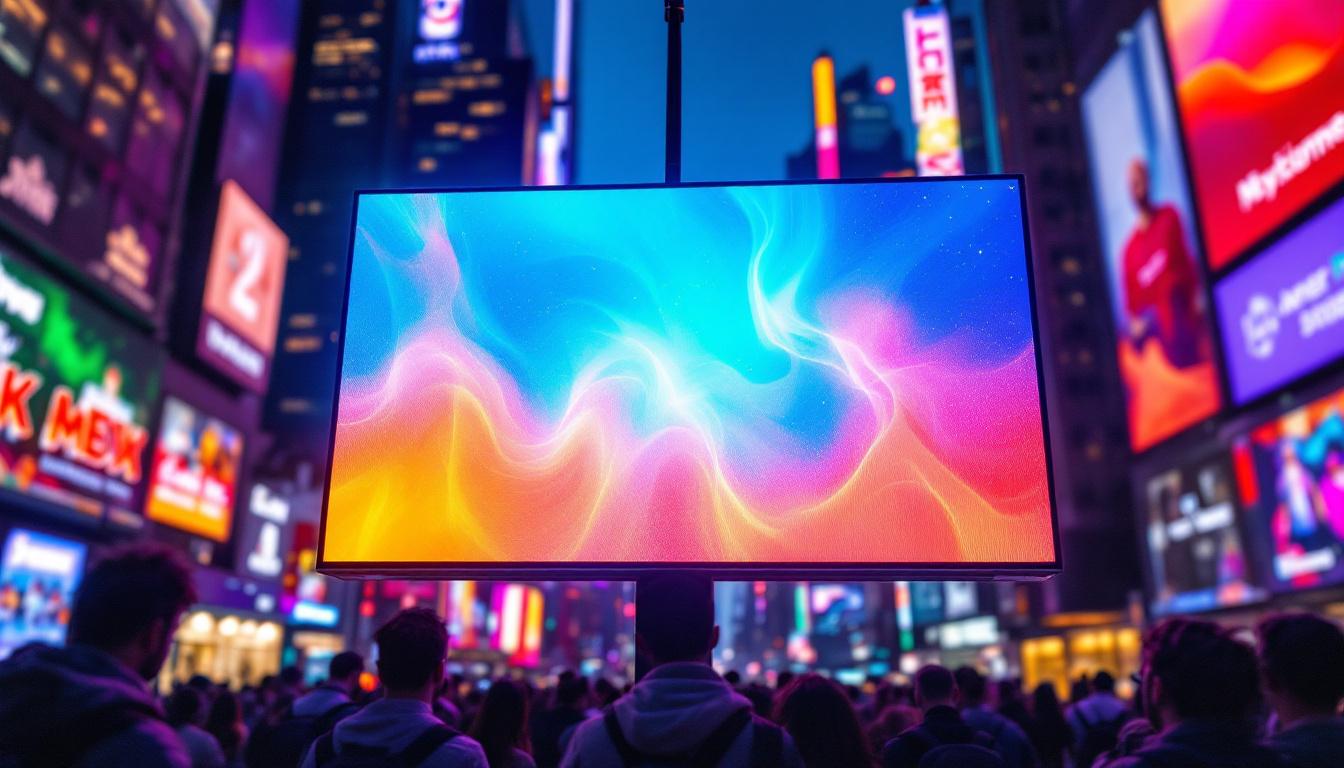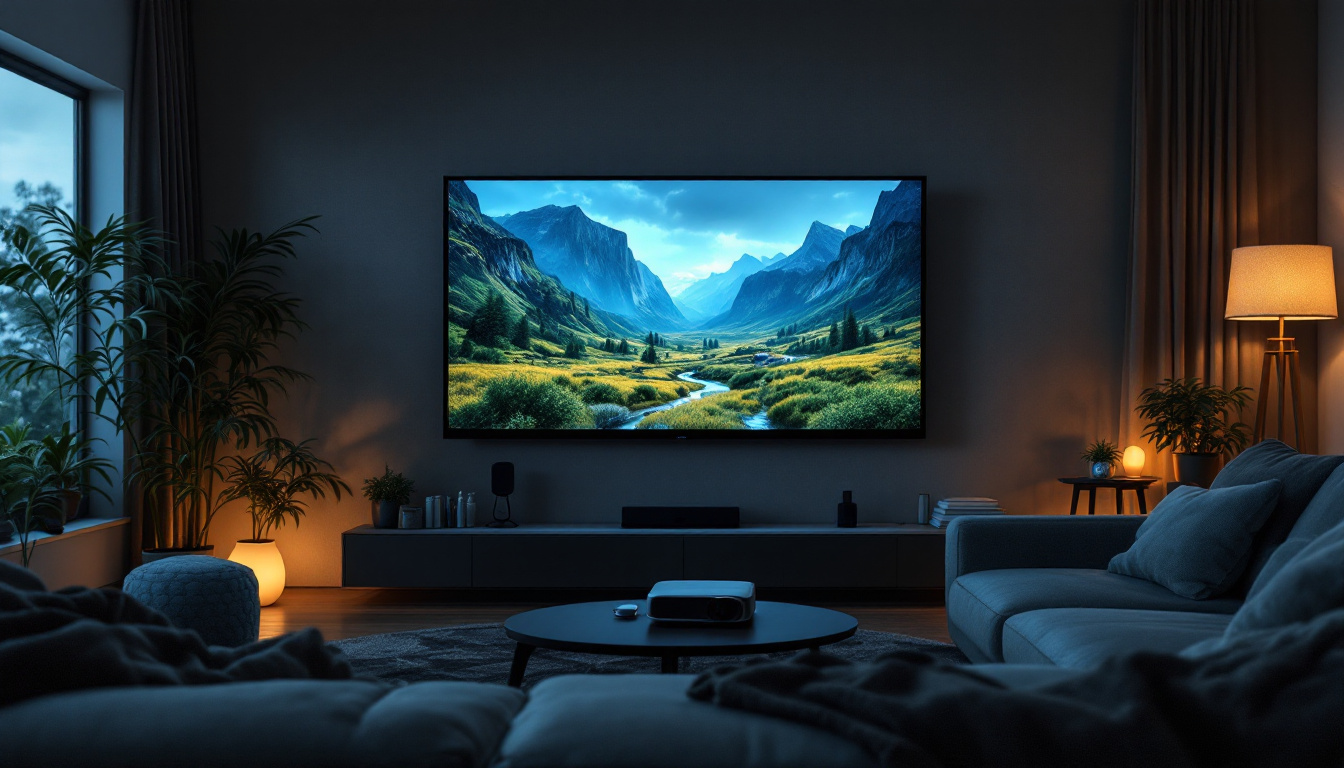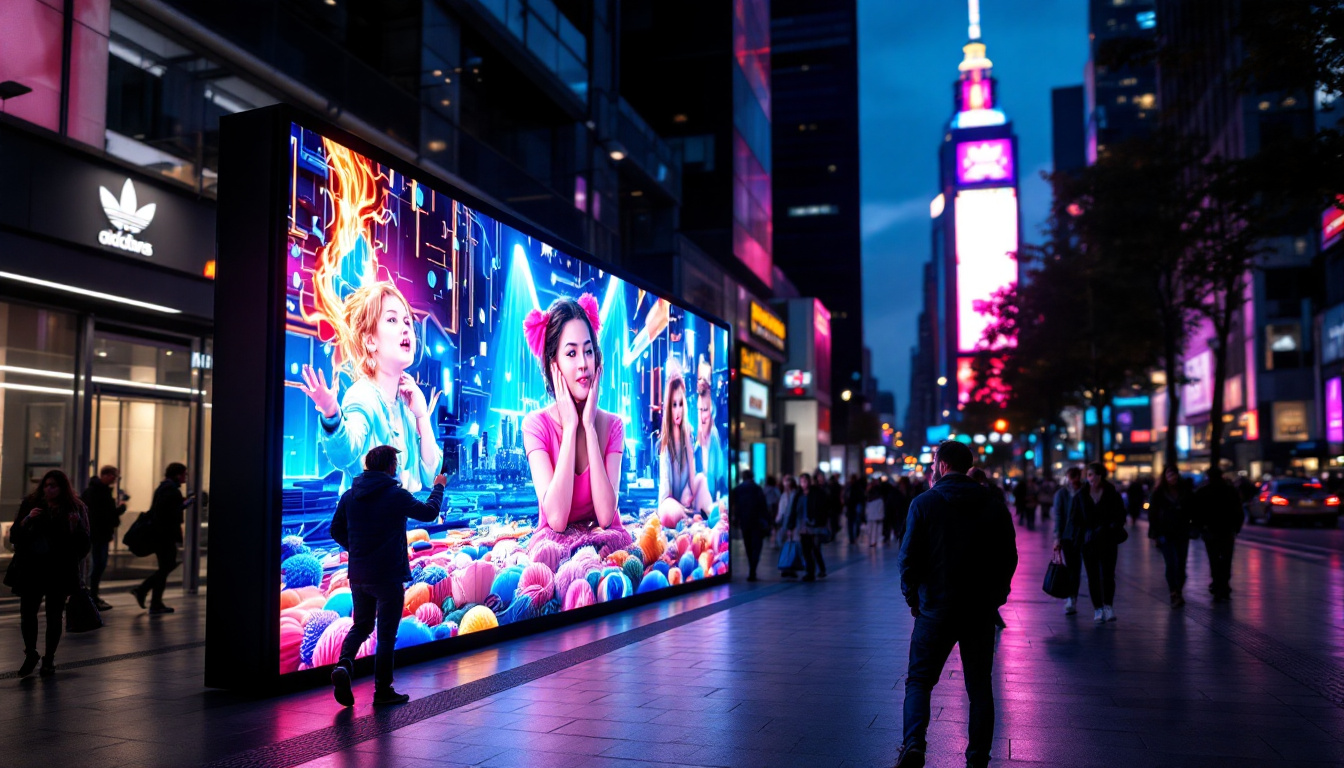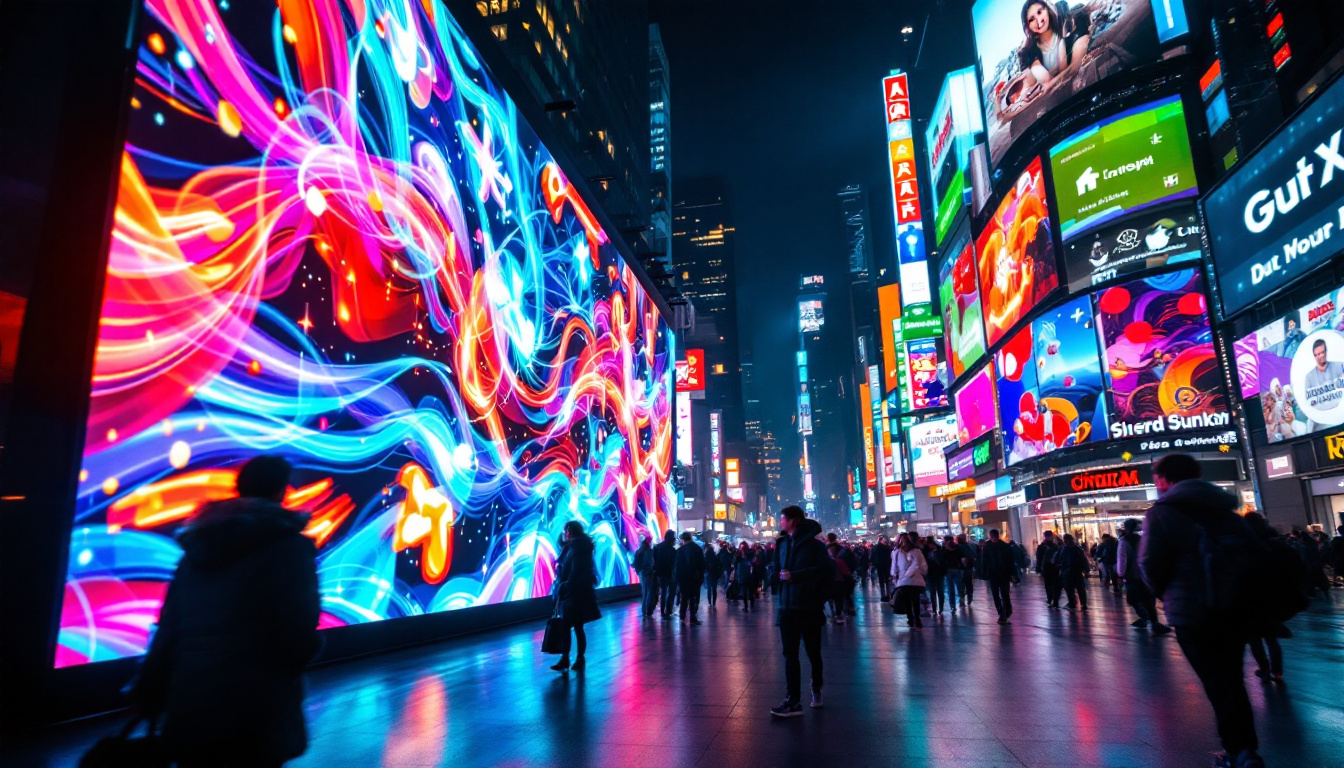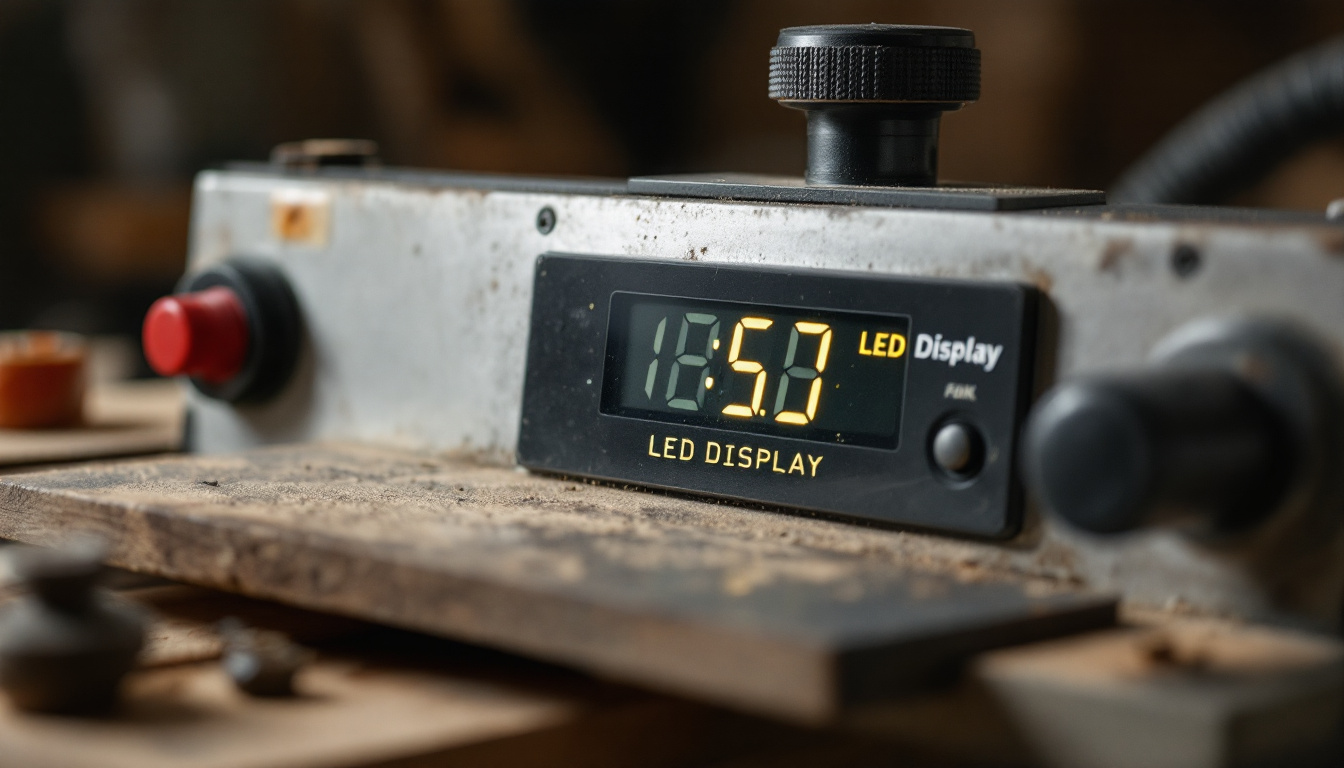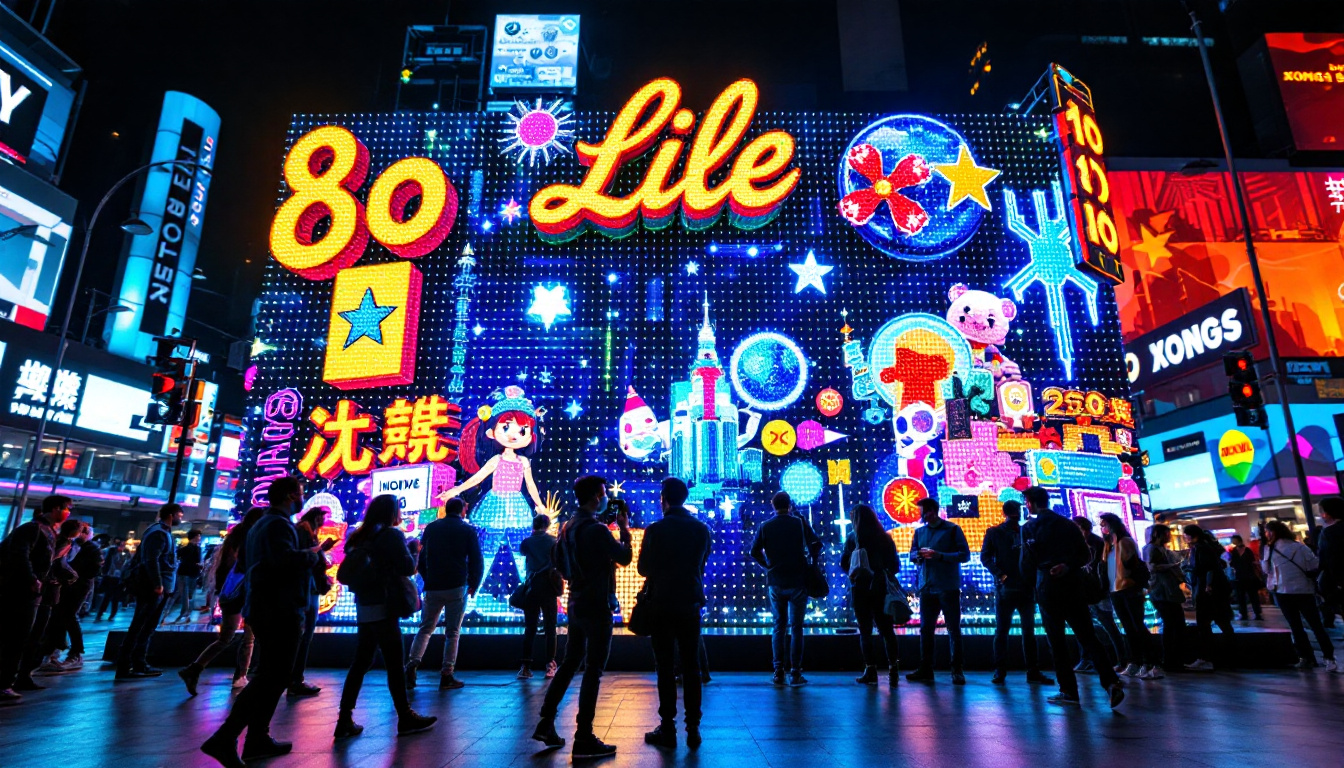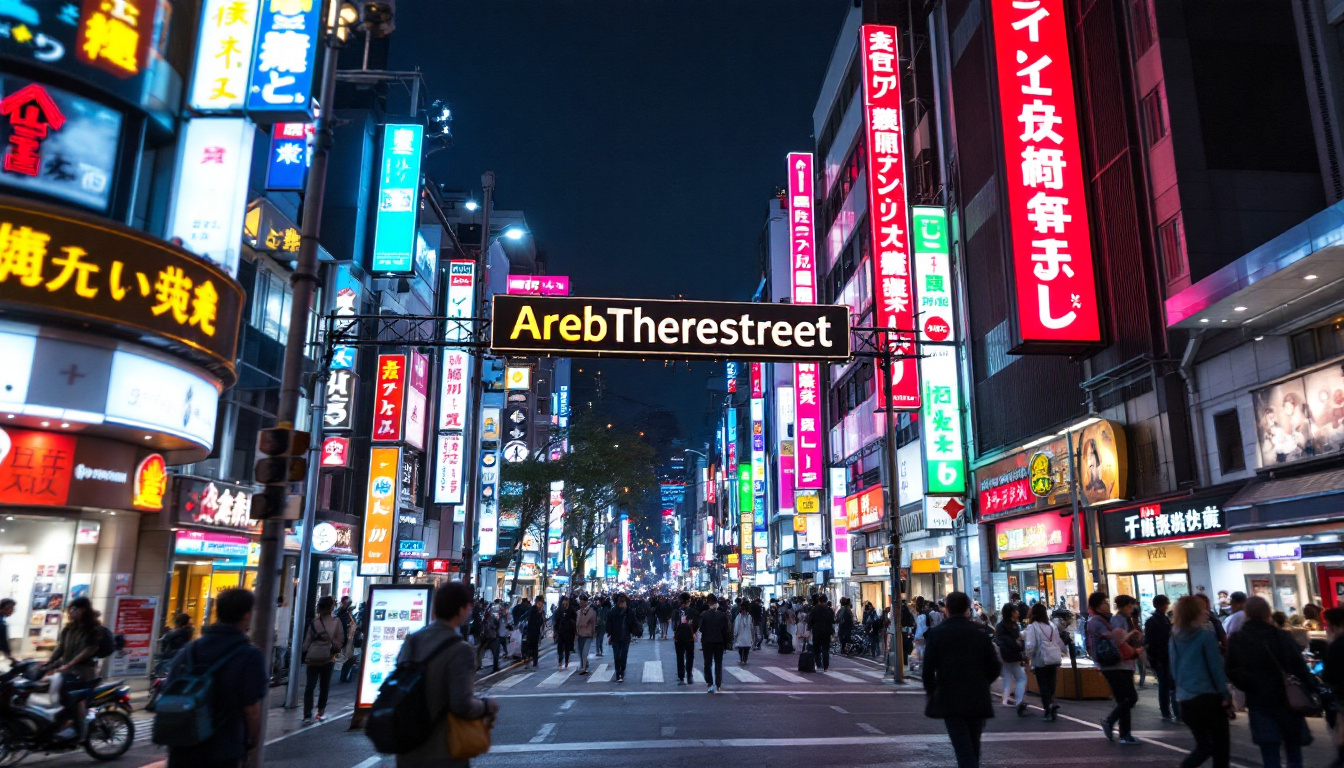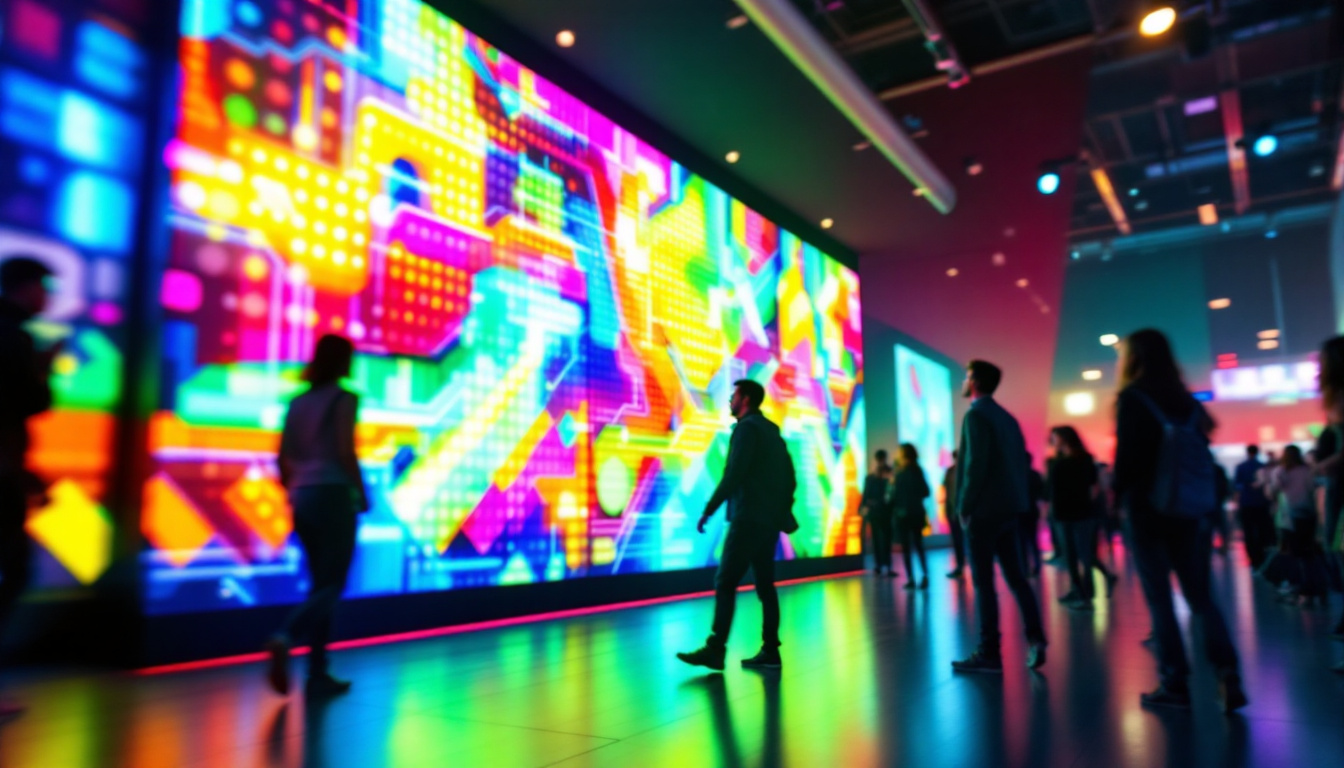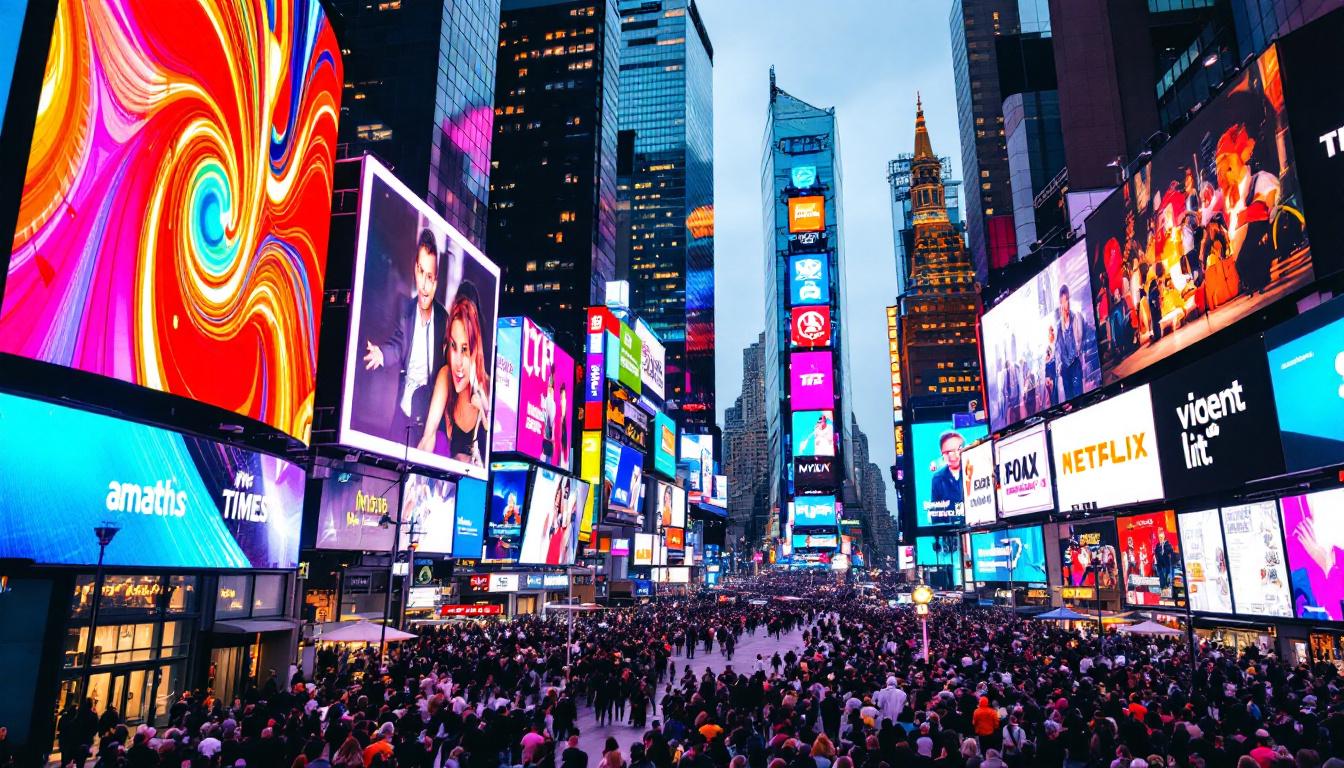What Are The Costs For LED Posters: LED Display Explained
LED posters have become a popular choice for businesses and events looking to capture attention and convey messages effectively. With their vibrant colors and dynamic displays, these digital signage solutions offer a modern alternative to traditional posters. However, potential buyers often wonder about the costs associated with LED posters and what factors influence these prices. This article delves into the various aspects of LED display costs, providing a comprehensive understanding of what to expect when considering an LED poster for your needs.
Understanding LED Posters
LED posters are essentially large screens made up of light-emitting diodes (LEDs) that display graphics, videos, and animations. They are commonly used in retail environments, trade shows, and public events due to their eye-catching nature. Unlike static posters, LED displays can be updated in real-time, allowing for versatile messaging and promotional opportunities. This adaptability is particularly beneficial in fast-paced environments where information needs to be current and relevant, such as during product launches or seasonal sales.
How LED Posters Work
At the core of LED posters are the individual LEDs that light up to create images and text. These diodes are arranged in a grid format, and each pixel is made up of multiple LEDs that can change colors based on the input signal. The result is a bright, high-resolution display that can be seen from a distance, making it ideal for attracting attention in crowded spaces. The technology behind LED displays has advanced significantly over the years, leading to improvements in brightness, color accuracy, and energy efficiency. Modern LED posters can be controlled remotely, enabling users to change content quickly and easily, which is a significant advantage over traditional print media.
Additionally, many LED posters come equipped with sensors that can detect ambient light levels, automatically adjusting brightness for optimal visibility. This feature not only enhances the viewing experience but also contributes to energy savings, making LED posters a more sustainable option. The integration of smart technology into these displays allows for interactive features, such as touch screens or QR code scanning, further engaging audiences and providing a richer experience.
Types of LED Posters
There are several types of LED posters available on the market, each designed for different applications. Some common types include:
- Indoor LED Posters: These are typically used in retail stores, exhibitions, and conference centers. They are designed to be viewed from short distances and offer high resolution and brightness.
- Outdoor LED Posters: Built to withstand the elements, outdoor LED displays are more robust and feature higher brightness levels to combat sunlight. They are commonly used for billboards and outdoor advertising.
- Flexible LED Posters: These innovative displays can be bent and shaped to fit various surfaces, making them ideal for creative installations and unique advertising solutions.
In addition to these types, there are also specialized LED posters designed for specific industries, such as transportation and hospitality. For instance, LED displays in airports provide real-time flight information and wayfinding, while hotels may use them for dynamic room service menus or event promotions. The versatility of LED technology allows businesses to tailor their messaging to fit their unique needs, ensuring that they can effectively communicate with their target audience in any setting.
Factors Influencing the Cost of LED Posters
The cost of LED posters can vary widely based on several factors. Understanding these elements can help businesses make informed decisions when investing in LED technology.
Size and Resolution
One of the most significant factors affecting the price of an LED poster is its size. Larger displays require more materials and components, which naturally increases costs. Additionally, the resolution of the display plays a crucial role in determining price. Higher resolution displays, which offer better image quality and detail, tend to be more expensive than lower resolution options.
For example, a small indoor LED poster with a resolution of 2mm pixel pitch may cost significantly less than a large outdoor display with a 10mm pixel pitch. Businesses should carefully consider their specific needs and choose a size and resolution that aligns with their budget and intended use.
Brightness and Viewing Distance
The brightness of an LED poster is measured in nits, and this specification is crucial for determining where and how the display will be used. Indoor LED posters typically require less brightness than outdoor models, which need to be visible in direct sunlight. Higher brightness levels usually come at a premium price, so businesses must weigh the importance of visibility against their budget constraints.
In general, a display with a brightness of 1,000 nits may suffice for indoor use, while outdoor displays often require brightness levels of 5,000 nits or more to ensure clarity in bright conditions. Understanding the viewing distance is also essential; displays meant to be viewed from afar will need to be brighter and often more expensive.
Technology and Features
The type of technology used in the LED poster can significantly impact its cost. For instance, traditional SMD (Surface Mount Device) technology may be less expensive than newer technologies like Mini LED or Micro LED, which offer superior color accuracy and energy efficiency.
Additionally, features such as touch capability, interactive elements, and advanced connectivity options can add to the overall cost. Businesses should assess which features are essential for their application and budget accordingly.
Initial Investment vs. Long-Term Costs
When considering the costs associated with LED posters, it is essential to differentiate between the initial investment and long-term expenses. While the upfront cost of purchasing an LED display can be significant, the long-term savings and benefits often outweigh this initial expenditure.
Energy Efficiency
LED technology is known for its energy efficiency compared to traditional lighting solutions. LED posters consume less power, which can lead to substantial savings on electricity bills over time. This energy efficiency is particularly beneficial for businesses that plan to use their displays for extended periods daily.
Moreover, many modern LED displays come with features that allow users to adjust brightness levels based on ambient light, further enhancing energy savings. This capability can contribute to a lower total cost of ownership, making LED posters a wise investment in the long run.
Maintenance and Durability
Another factor to consider is the maintenance and durability of LED posters. High-quality LED displays are designed to last for several years, often with minimal maintenance required. This longevity can significantly reduce the need for replacement or repairs, which can be costly over time.
Regular maintenance, such as cleaning the display and ensuring proper ventilation, can help extend the lifespan of the LED poster. Many manufacturers also offer warranties and support services, which can further mitigate long-term costs and provide peace of mind for businesses.
Comparing Costs: LED Posters vs. Traditional Signage
When evaluating the costs of LED posters, it is essential to compare them with traditional signage options. While LED displays may have a higher initial cost, they often provide greater value over time due to their versatility and effectiveness.
Static vs. Dynamic Content
Traditional signage, such as printed posters or banners, typically requires reprinting for any updates or changes. This can result in ongoing costs for businesses that frequently change their messaging. In contrast, LED posters allow for dynamic content that can be updated instantly, eliminating the need for additional printing expenses.
The ability to display multiple messages or advertisements throughout the day can also enhance the return on investment for LED displays. This flexibility allows businesses to adapt their marketing strategies quickly and efficiently, reaching a broader audience without incurring additional costs.
Impact on Customer Engagement
Research has shown that LED displays can significantly enhance customer engagement compared to traditional signage. The vibrant colors and motion of LED posters tend to attract more attention, leading to increased foot traffic and higher conversion rates.
While the initial investment in LED technology may be higher, the potential for increased sales and brand awareness can make it a worthwhile expenditure. Businesses should consider the long-term benefits of enhanced customer engagement when weighing the costs of LED posters against traditional options.
Budgeting for LED Posters
When planning to invest in LED posters, it is crucial to establish a clear budget. This budget should account for not only the initial purchase price but also installation, maintenance, and any necessary software or content management systems.
Installation Costs
Installation costs can vary widely depending on the complexity of the setup and the location of the display. For instance, outdoor installations may require additional considerations for weatherproofing and structural support, which can increase costs. It is advisable to work with experienced professionals to ensure proper installation and avoid potential issues down the line.
Additionally, businesses should factor in any necessary permits or regulations that may apply to outdoor displays, as these can also impact overall costs.
Content Management Systems
To maximize the effectiveness of an LED poster, businesses often invest in content management systems (CMS) that allow for easy updates and scheduling of content. These systems can range from simple software to more complex solutions that integrate with existing marketing tools.
While some LED displays come with built-in content management capabilities, others may require additional purchases. It is essential to consider these costs when budgeting for an LED poster to ensure a seamless and efficient content management process.
Conclusion
LED posters represent a significant investment for businesses looking to enhance their advertising and communication strategies. While the initial costs can be higher than traditional signage, the advantages of dynamic content, energy efficiency, and increased customer engagement often justify the expenditure.
By understanding the various factors that influence the cost of LED displays, businesses can make informed decisions that align with their goals and budgets. Ultimately, investing in LED technology can lead to greater visibility, improved brand recognition, and a higher return on investment in the long run.
As the world continues to embrace digital solutions, LED posters are poised to play an increasingly vital role in the advertising landscape. By carefully considering the costs and benefits, businesses can harness the power of LED displays to captivate audiences and drive success.
Discover LumenMatrix’s Innovative LED Solutions
Ready to elevate your advertising and communication efforts with cutting-edge LED technology? LumenMatrix offers a diverse range of LED display modules designed to bring your brand to life. From Indoor and Outdoor LED Wall Displays to specialized solutions like Vehicle and Sports LED Displays, our products are crafted to maximize brand visibility and audience engagement. Embrace the future of visual communication with LumenMatrix and create unforgettable visual experiences. Check out LumenMatrix LED Display Solutions today and transform the way you share your message.

